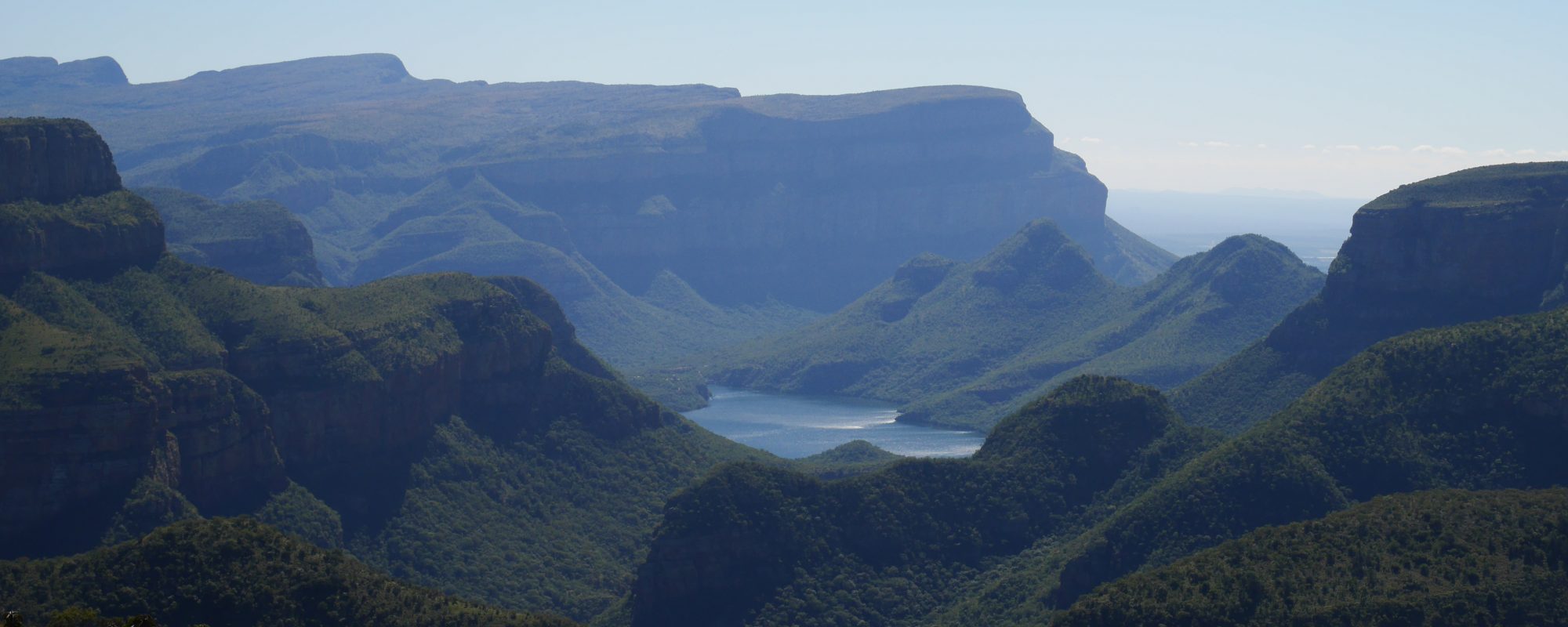The famous Lake Titicaca is the biggest lake in South America and the highest navigable lake in the world. Indeed, its altitude of 3800m is quite breathtaking and not just becuse of its beautiful landscape. Part of the lake is located in Peru whether the other part belongs to Bolivia. On the peruvian side of the lake, its main city Puno, its authentic villages around Socca and its floating reed islands of the Uros are definitely worth a visit.
Puno
Puno is the main city of the Lake and has a population of approximately 140.000 inhabitants. This is the place where most hotels are located which means that signs of tourism can be found everywhere. Souvenir shops and one tourist restaurant next to the other are squeezed in the main street.
However, there is also another side of the city. The beautiful main square (Plaza de Armas) with its church and a small park form the center of the city. On the other side of the main street, there is a very cute square (Plaza del mercado) with small bookshops all around. This is the place to be if you are still looking for a spanish book to keep you company during your trip.
Puno is definitely a good starting point for a visit of the Lake Titicaca region.
Authentic villages
As usually, a small detour is enough in order to leave the other tourists behind. Not far from Puno, you can find super authentic villages in the middle of potatoes fields with more animals than inhabitants.
On the side of the road, hundreds of potatoes lay on the ground. This is the traditional way of dehydration. Potatoes can then be conserved for as long as ten years.
Socca
Socca is one of these authentic villages, around 1,5 hours from Puno. We parked the car at the end of the village next to the football field and started a 2 hours walk through the fields, no path indicated.

We went up the hill until the top of the highest point where the view on the Lake Titicaca is just amazing. And the best thing: We were all alone. During the whole walk we only crossed some farmers working in the fields. No other tourists in sight. Just us and nature.
Indeed, we discovered this 3 kilometres walk with a local guide who exactly knew where to go. A truly great way to discover the lake and its region far away from the many tourists in the area.
Floating Uros Islands
However, a visit of the Uros’ islands is a must-do when traveling on the peruvian side of Lake Titicaca. To be honest, we received so much negative feedback from other travellers that we did not expect much from this visit. I must say that in the end we were positively surprised as the visit was not that bad and learning more about the construction of the reed islands was somehow fascinating.
It is true that the Uros on the tourist islands (there are also some islands where the Uros still live in a traditional way) live from tourism alone and most families even left the islands in order to live in more comfortable houses in the city. They only send some family members to watch the island and to be there for the tourists.

Still, there are several small islands and only small groups of tourists (at least in our experience) are on one island at the time.
After being welcomed on the island, it was our guide who took over for lots of interesting explanations on the construction and the history of the island. It is really fascinating how the Uros manage to build such big reed islands in parts of the lake where the water can be more than ten meters deep.
There is, of course, a mandatory visit of the souvenir shops but the locals don’t insist too much and our guide did not make us feel obliged to buy something.
The second stop at “the capital island” on the way back is really not necessary as the place is not much bigger than the other islands but packed with restaurants and big groups of tourists that are taking pictures in front of the colorful letters of ‘Lake Titicaca’. However, if you want a stamp in your passport, this is the place to go.
Conclusion
When travelling in Peru, the Lake Titicaca region is definitely a must-do. Even though the reed islands of the Uros are quite touristy, learning more about its construction is fascinating. We would, however, recommend to also visit some more quiet places of the lake where it is still possible to discover the authentic life of the region. Puno is a great starting point for these excursions.




4 thoughts on “Lake Titicaca: How to best visit the peruvian side”